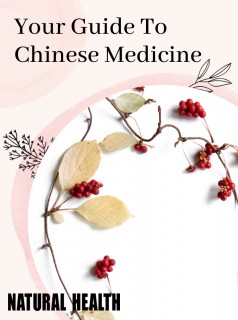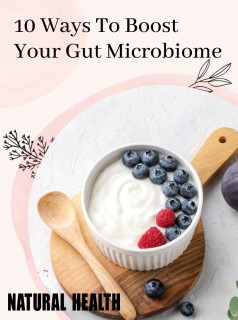Turmeric is certainly the ingredient of the moment, but what makes it so special? Nutritional therapist Ian Marber examines the research
Everyone seems to be talking about turmeric these days and while it was once somewhat of a niche plant, today it has become so mainstream that you’ll probably be able to buy a turmeric latte at your local health food store. But what is it and why should you be including it in your diet?
Full of goodness
Turmeric is a first cousin of ginger, similarly shaped and, with the peel on, looks almost identical. However, inside the flesh is bright orange in colour (because of its curcumin content) and it is both pungent and bitter to the taste. Turmeric is commonly found in powdered form, although the fresh root is available in most supermarkets too. There are many plant compounds in turmeric including turmerin, turmerone, elemene, furanodiene, curdione, bisacurone and germacrone but it is curcumin that may be the most potent.
Evidence-backed
Turmeric has been widely studied and research suggests that curcumin offers a myriad of health benefits – with it protecting the liver, reducing the growth of cancerous cells and addressing inflammation linked to type 2 diabetes as well as impacting on cardiovascular disease and vascular dementia.
Curcumin appears to block the activity of a molecule that switches on the inflammatory process and, by doing so, curtails the creation of the various substances that cause inflammation, including histamine, nitric oxide and leukotrienes. It also has built in antioxidant properties, so including it in the diet on a regular basis can offer a degree of protection against common disease. Furthermore, curcumin also supports the ability of the human body to make its own antioxidants and whilst it is certainly not the only plant chemical to do so, it is especially effective.
Most of the research involves an extract of turmeric rather than the fresh root, which reflects the importance of a high concentration of curcumin. Curcumin accounts for under four percent of turmeric and so to benefit from the active compound one would have to eat several grams of the root daily. However, it’s worth knowing the activity of the substance is greatly enhanced by piperine, a plant chemical found in black pepper. Curcumin is a fat-soluble compound and also requires some dietary fat for absorption by the digestive system.
Increase your intake
Turmeric root can be peeled and grated over many familiar dishes, or mixed with a drop of extra virgin olive oil to make a paste. Dried turmeric powder can be added to soups or sprinkled on vegetables. You may choose to take a supplement of at least 500mg curcumin a day, to be taken with food for extra absorption (in terms of ingesting the powder with food you’d need over a teaspoon of turmeric a day to get the same amount of curcumin). Look for brands that include piperine in the formula as this can greatly increase absorption in the gut.
Article by
Ian Marber
Principle Nutrition Consultant
Nutrition consultant, founder of The Food Doctor but independent since 2011
Discover more
Article by
Ian Marber
Principle Nutrition Consultant
Nutrition consultant, founder of The Food Doctor but independent since 2011
Discover more


 By Ian Marber
By Ian Marber 




















